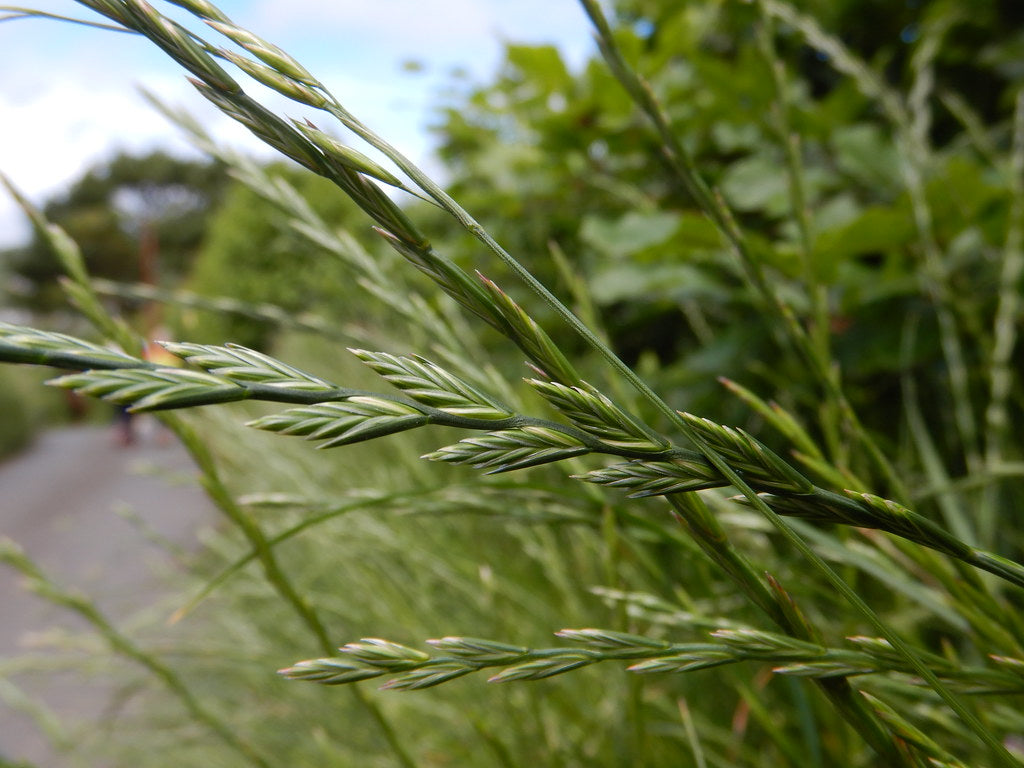
Rye Grass
Common Name
Rye Grass, Ryegrass, Perennial Ryegrass
Scientific Name
Lolium
Family
Poaceae
Lifecycle
Perennial. Winter growing. Dormant in Summer. Seeds germinate in 7-10 days in moist soil. Ryegrass requires 60 days of growth before hard-killing frost.
Seasons of Growth
Perennial ryegrass is a winter to spring growing weed that can emerge from late autumn through to early spring.
Key Distinguishing Feature
Ryegrass is a bunching grass type, which means it emerges in clumps and spreads by secondary shoots or tillers. Other features include its bright, shiny green colour, dense growth patterns and coarse texture.
It typically grows during the cooler seasons, such as spring and fall, and can be found year-round in regions with mild climates.
• Growth Form: Ryegrass is a bunchgrass, meaning it forms clumps or tufts of grass blades.
• Leaves: The leaves are narrow and linear, typically dark green, and have a prominent central vein.
• Flowers: The flowers of ryegrass are borne on slender, upright stems. They are spike-like and often have a purplish or greenish hue.
• Seeds: Ryegrass produces small, oblong seeds that are typically brown or tan.
Ecological Impact:
• Ryegrass is not typically considered invasive; rather, it is cultivated as a valuable forage and turfgrass species in many regions.
• Perennial ryegrass, in particular, is used for its high-quality forage and as a component of turfgrass mixtures.
Cultivated Varieties:
• Various improved varieties of ryegrass have been developed for specific purposes, including forage production and turfgrass.
Control Methods:
• Control of ryegrass is generally not a common practice, as it is often cultivated as a valuable forage or turfgrass.
• When it grows in areas where it is not desired, control measures may involve mowing, herbicide application, or the establishment of competing vegetation.
Ryegrass is an important grass species in agriculture and landscaping and is generally managed for its forage or turf value rather than being targeted for control as an invasive species. Its management primarily involves proper agricultural or landscaping practices.
Key Products for Control:
-
Indigo SimForce 600 - Simazine
-
Indigo Duke 100WG - Iodosulfuron methyl sodium
-
Indigo Recondo 100WG - Trifloxysulfuron Sodium
-
Adama Platinum XTRA 360 - Clethodim




